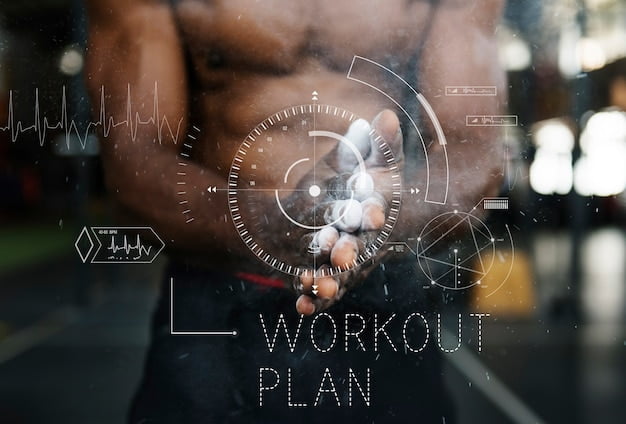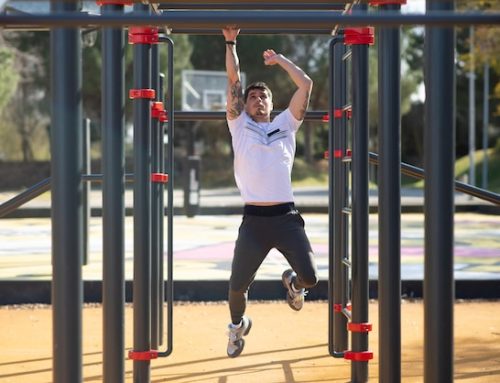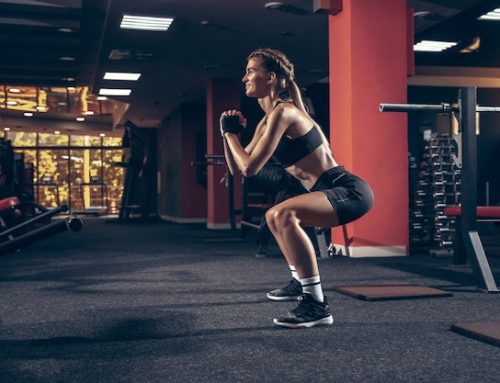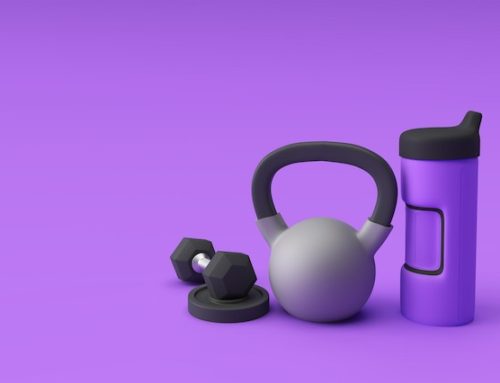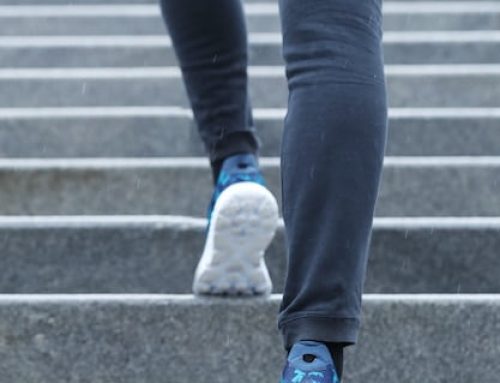Introduction
Calisthenics are exercises that use one’s body weight to build strength, flexibility, and endurance. They are a popular form of workout because they require minimal equipment and can be done almost anywhere. Calisthenics exercises range from simple to complex, and some may be easier than others for beginners. In this article, we will discuss the easiest calisthenics exercise that anyone can do.
The Benefits of Calisthenics
Before we discuss the easiest calisthenics exercise, let’s explore the benefits of calisthenics. Calisthenics exercises require no machines or weights, making them cost-effective and convenient. They are also a great way to improve cardiovascular health, build strength and endurance, and enhance flexibility. Calisthenics exercises can be modified to accommodate different fitness levels, making them an excellent option for beginners and experienced athletes alike.
The Easiest Calisthenics Exercise: The Plank
The plank is arguably the easiest calisthenics exercise. It is a simple yet effective exercise that targets the core, back, and shoulders. To perform a plank, follow these steps:
1. Get onto your hands and knees, with your hands shoulder-width apart and your knees at hip-width.
2. Extend your legs behind you and lift your body off the floor, supporting yourself on your forearms and toes.
3. Keep your back straight and engage your core, glutes, and thighs to hold the position.
4. Hold the plank for a specific amount of time, such as 30 seconds, before releasing it.
5. Repeat as many times as you want.
Variations of the Plank
Once you have mastered the basic plank, you can try out different variations to help you push your limits. Here are a few variations of the plank you can try:
1. Side Plank: This variation targets the obliques and strengthens the core’s lateral muscles.
2. Extended Plank: This variation increases the challenge by extending the arms and legs further from the center.
3. Plank with Shoulder Taps: This variation adds an extra challenge by requiring shoulder taps while holding the plank.
4. Plank with Leg Lifts: This variation adds an extra challenge by requiring alternate leg lifts while holding the plank.
| Exercise | Target Muscles |
|---|---|
| Basic Plank | Core, back, shoulders |
| Side Plank | Obliques |
| Extended Plank | Core, back, shoulders, and legs |
| Plank with Shoulder Taps | Core, back, shoulders, and arms |
| Plank with Leg Lifts | Core, back, shoulders, and legs |
Tips for Proper Form
Like any other workout, doing the plank with proper form is essential to maximize its benefits and avoid injury. Here are some tips to ensure proper form while doing the plank:
1. Keep your body in a straight line from your head to your heels.
2. Contract your core, glutes, and thighs to maintain proper alignment.
3. Keep your elbows under or slightly in front of your shoulders.
4. Look down at the ground to avoid neck strain.
5. Breathe steadily and deeply while holding the plank.
6. Avoid sagging your back or lifting your hips.
Conclusion
The plank is a great calisthenics exercise for beginners that offers many benefits for core, back, and shoulder strength. With its variations and modifications, the plank can be adjusted to suit different fitness and skill levels. Proper form is essential for maximizing its benefits and avoiding injury. Doing the plank regularly can help you build a strong foundation for other calisthenics exercises and improve your overall fitness level. So, start with the basics and gradually increase the difficulty to reach your fitness goals!
